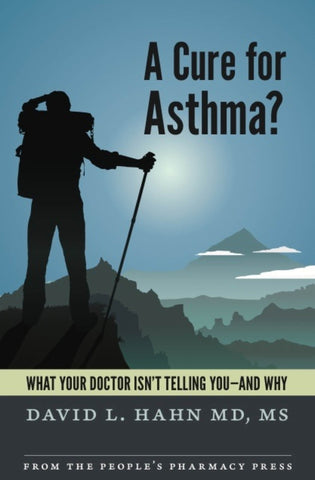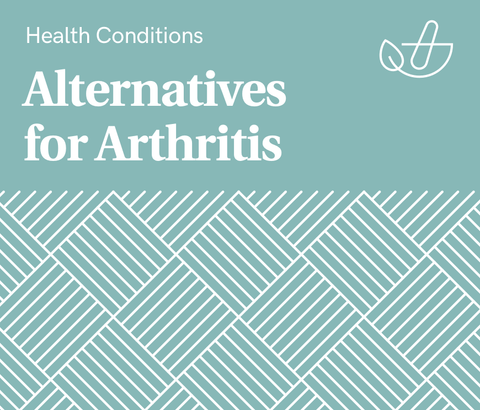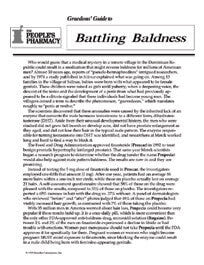Link to your individual collections by creating a new linklist in the Navigation section of the admin.
You can then have it appear here by choosing your new linklist under Customize Theme / Sidebar.

Show 1253: The Lessons of COVID-19 on How to Avoid Airborne Viral Transmission
Over the past year, the world has faced a global pandemic due to a previously unknown virus. People wanted and needed to know how the virus spread from person to person. At first, the focus was on fomites. Consequently, people spent a lot of time wiping down groceries and sanitizing surfaces. Gradually, it became clear that SARS-CoV-2 is far more likely to float through the air to find its next victim. What have we learned about the transmission of this coronavirus and how we can protect ourselves? How do you avoid airborne viral transmission?
Ventilation and Filtration as Principles of Protection:
In the 19th century, even before viruses had been identified as the causes of disease, people were thinking about ventilation. Some hospitals were deliberately designed to maximize air flow. Fresh air and sunshine were pillars of treatment for people with tuberculosis long before doctors knew how Mycobacterium tuberculosis could make people sick. In some ways, the advance of germ theory and vaccines took attention away from the importance of ventilation. But research on COVID-19 by Dr. Linsey Marr and other experts has shown that good ventilation and filtration are critical means to help us avoid airborne viral transmission.
How to Avoid Airborne Viral Transmission at Home:
Assessing air quality in your home has not been easy. Obviously, if the air is stuffy or smelly, you can guess that the ventilation is not great. But now there is relatively affordable technology that can help us do a better job of evaluating the quality of the air you breathe all day long at home. A carbon dioxide monitor will detect if exhaled breath from people is building up in a room. Fresh air outdoors measures around 400 ppm; indoors, a level of 500 to 800 ppm is acceptable. When levels start to rise, that indicates more people breathing in a space without adequate ventilation. During the pandemic, that could be a proxy for people breathing out virus particles.
Clean Air and Asthma:
Dr. David Peden takes care of children with respiratory disease. He urges us to pay attention to indoor air quality, not only to avoid airborne viral transmission, but also to control fungal spores, house dust mites and other respiratory irritants. This year, the combination of lockdowns, masks and physical distance helped reduce the toll of childhood asthma. What do we all need to learn about air quality and ventilation to make us less vulnerable to airborne viruses and other pathogens and pollutants in the future?
This Week's Guests:
Linsey Marr, PhD, is a professor of civil and environmental engineering at Virginia Tech, where she leads the Applied Interdisciplinary Research in Air (AIR2) laboratory. Her research group focuses on three main areas: how air inside buildings and outside in the natural environment affects, transports, and interacts with pollution; the dynamics of biological aerosols like viruses, bacteria, and fungi; and the characteristics of the tiniest of natural and manmade particles, called nanomaterials. Marr teaches courses in environmental engineering and air quality, including topics in the context of global climate change, as well as health and ecosystem effects. She has been thinking and writing about how to avoid airborne viral transmission since the pandemic began, as in this article published in Environment International (Sep. 2020). Photo by Peter Means, courtesy of Virginia Tech.
David B Peden, MD, MS, FAAAAI, is the Andrews Distinguished Professor of Pediatrics and Senior Associate Dean for Translational Research in the School of Medicine at the University of North Carolina at Chapel Hill. He also serves as Vice Chair for Translational Research in the Department of Pediatrics and Deputy Director of the Center for Environmental Medicine, Asthma and Lung Biology in the Division of Pediatric Allergy & Immunology.




